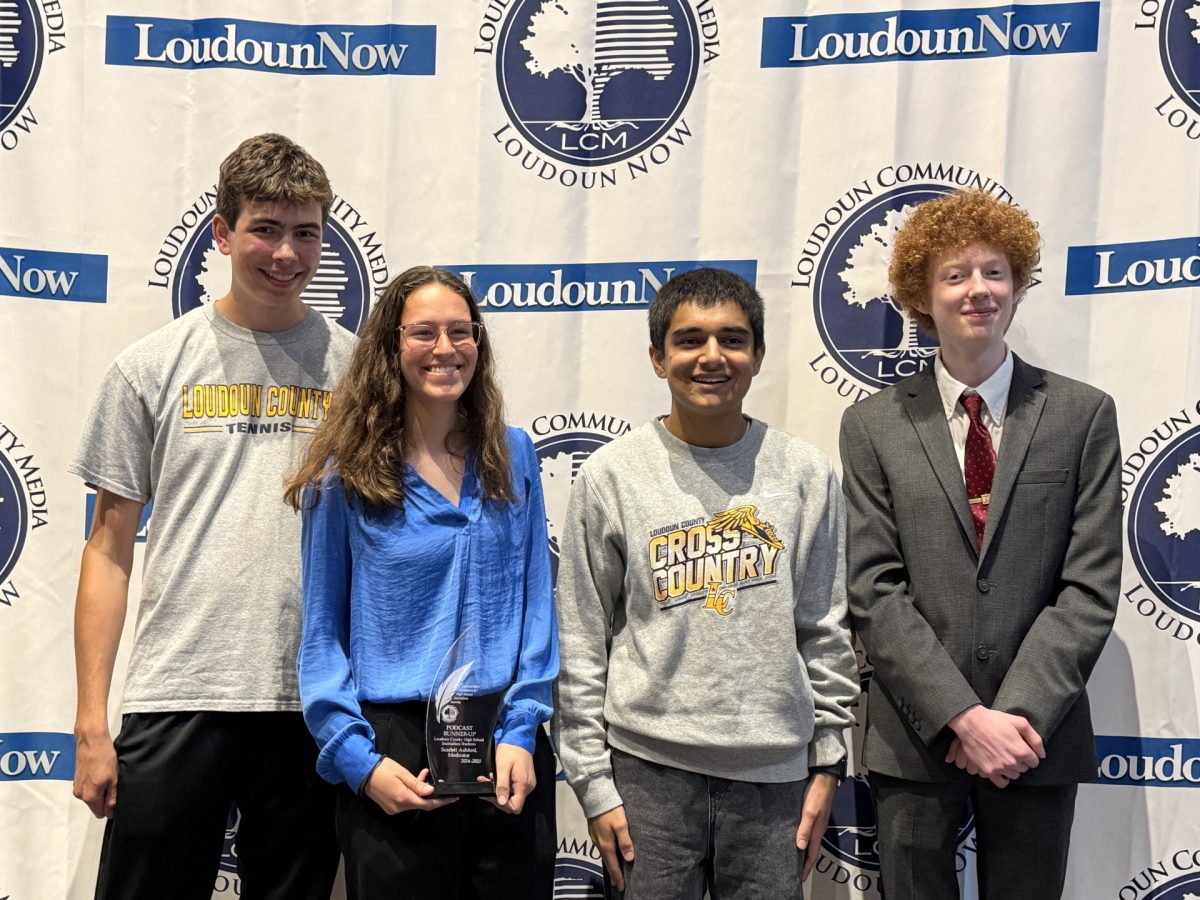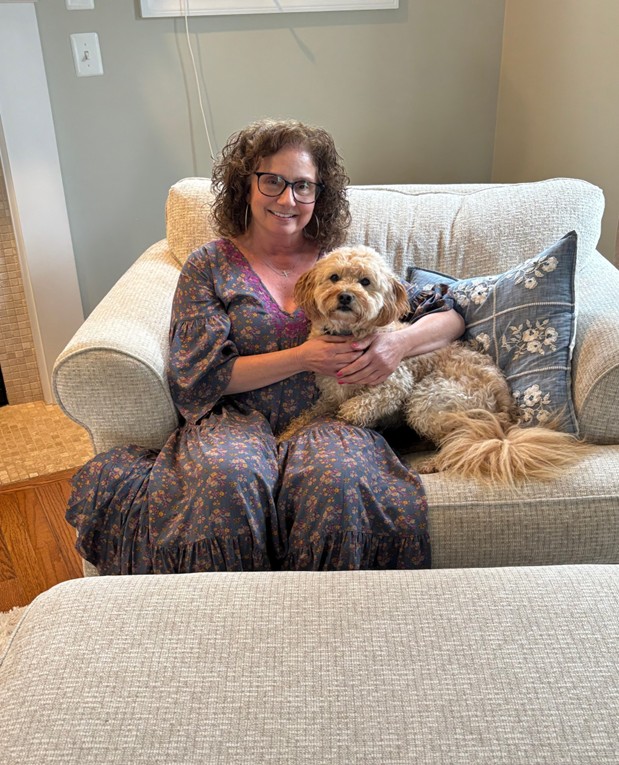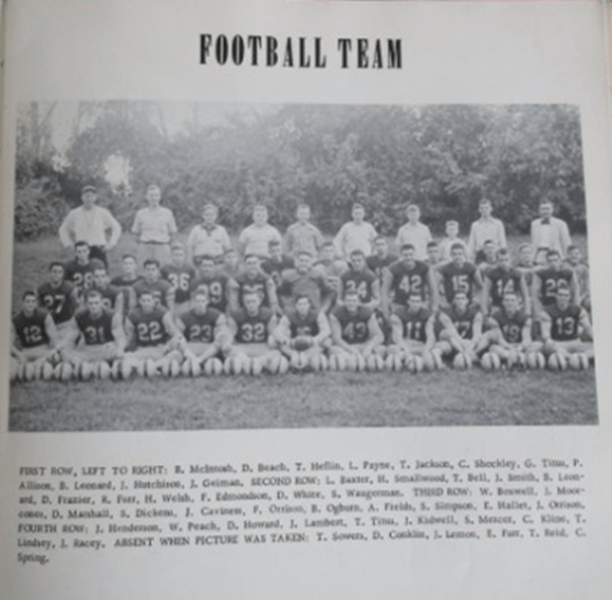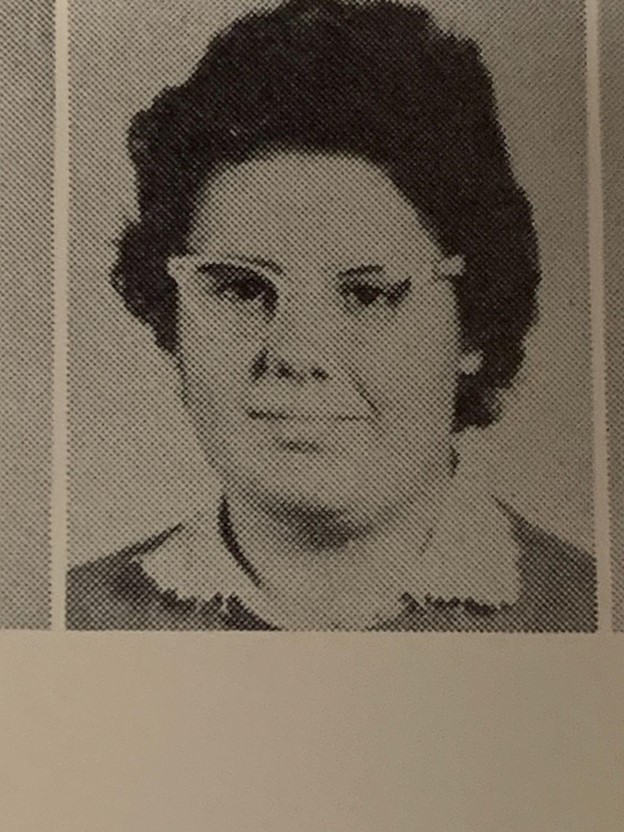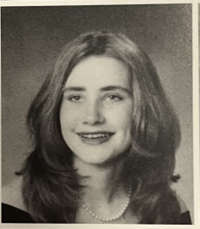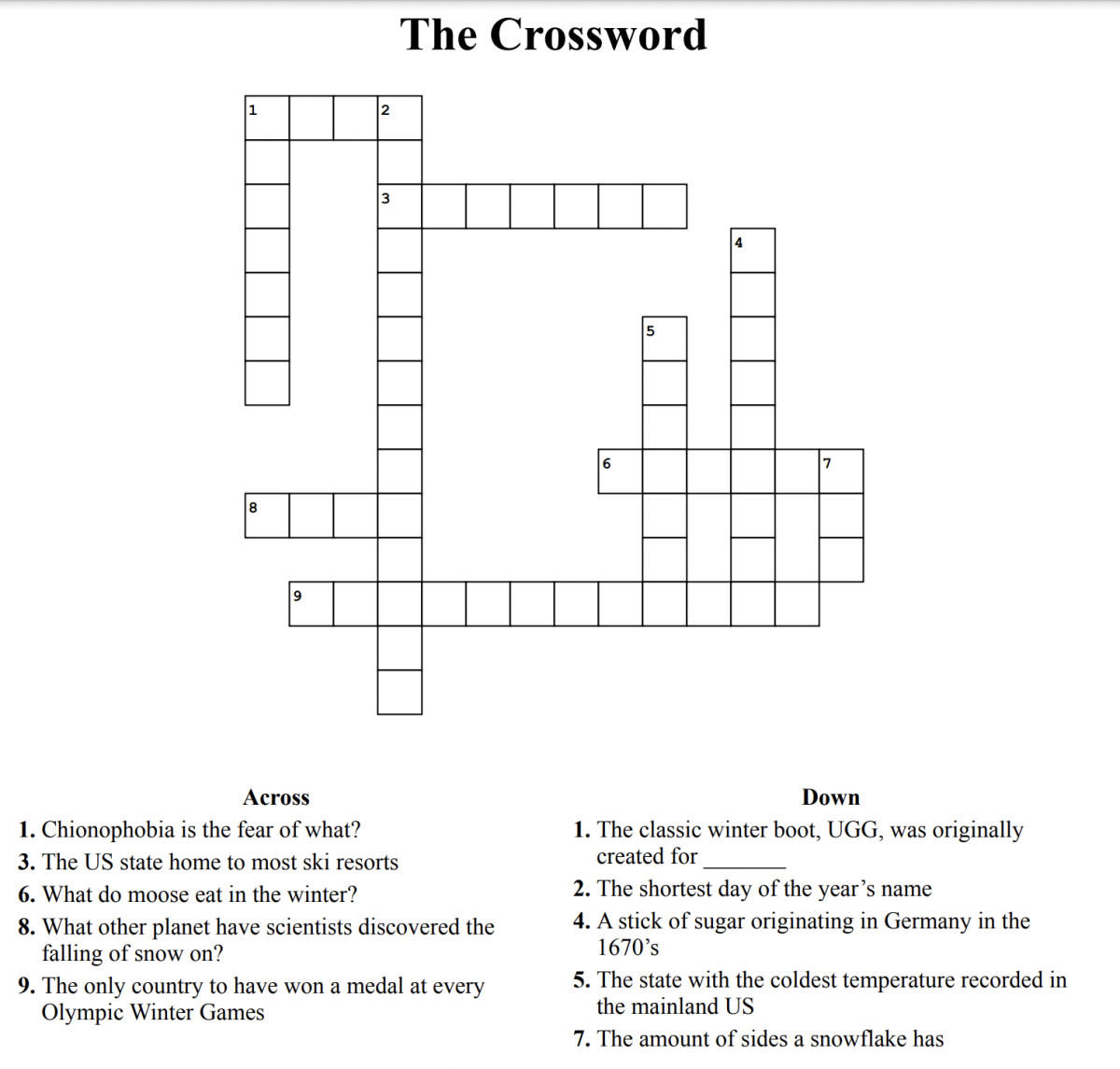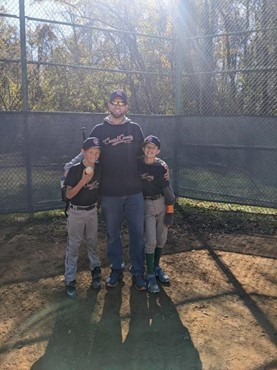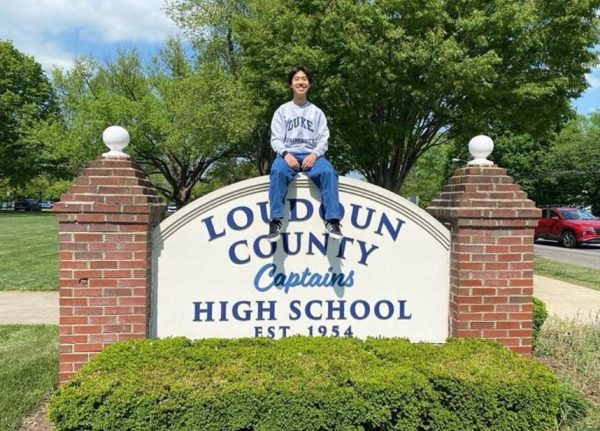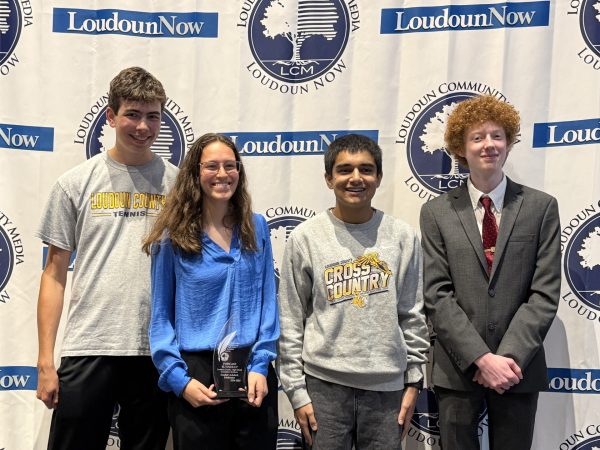Students and teachers return to four days a week in-person learning

Earlier in the year, students who had selected the hybrid learning option would go into school physically for two days a week. Following the development of the COVID vaccine, they returned to school for all four days.
“Going back to school four days a week has been a good experience for me,” freshmen Ashley Conner said. “It’s kind of nice to get back into it.”
Previously, students alternated going to school and staying home. Half of hybrid students would go in the building on Tuesday and Wednesday and the other half would attend Thursday and Friday.
“I was looking forward to seeing County a little closer to normal with so many students in the building,” junior Kenly Howerter said.
Many students were anxious to get back into the building, but when COVID put a bump in the road that was their daily lives, they weren’t sure what to expect. In fact, many freshmen had never seen the inside of the building.
“The four days a week scared me at first,” Howerter said. “I was so used to online classes or having it half in school and half distance.”
While the students may have been unsure of the sudden change, teachers were over-the-moon excited.
“Before the students returned the school was like a ghost town,” math teacher Elaine Voketaitis said. “Students bring great energy into the building.”
However, the change from hybrid learning to in-person didn’t happen overnight. Many steps were taken to set up the classrooms, cafeteria, and bus schedules.
“To prepare for the students’ return, the classrooms had to be reconfigured to accommodate the required distancing,” Voketaitis said. “Due to the different learning styles, I am providing students with hard copies of notes,” something that was not possible earlier this year.
In addition to changes in the classroom, the entire school underwent a new series of rules so that the COVID guidelines were followed.
“I really enjoyed walking around school in the morning,” sophomore Lauren Kirk said, of her freshman year. “But we can’t do that now because of COVID.” Instead, students are expected to go right to class upon entering the building.
Similarly, students are required to fill out a mandatory symptom checker questionnaire before they enter the school building. The questionnaire asks if students have had any COVID symptoms such as a cough, fever, or loss of taste or smell, or if they came in contact with anyone who caught COVID. Once the form is completed, students can proceed with their day.
In addition to the COVID questionnaire, temperature scanners were installed. The scanners act as a giant thermometer by checking the temperature of every person who enters the building.
Of course such advancements came with some challenges.
“I think it can be difficult to stay six feet apart,” Kirk said. “I do my best and back up if someone comes too close, but sometimes others don’t even try, which I find frustrating, along with when people don’t wear masks correctly.”
On another note, some students were concerned about adjusting back to a full day of school.
“I think finding time to relax will be difficult because you are in school seven hours a day and then go home and do homework,” Howerter said. “Junior year is known to be difficult and so far the workload has been bearable because I was able to complete the assignments from the comfort of my own bed.”
Conner agreed, saying she thought it would be difficult to return to her original schedule.
Regardless of all the changes, teachers and students are happy to be back in school.
“It’s been really great having an (almost) full classroom again,” Spanish teacher Bryan Boeing said. “The classroom dynamic with 10 or 12 students is way better than only three or four.”
Asides from bringing a missed energy and busy environment back, in-person learning made several aspects of school much simpler.
“I like that I can communicate with my teachers easier,” Kirk said. “I am also able to talk to my friends in the hallways, which was something I didn’t realize I missed a lot in in-person school.”
It also gave teachers a chance to reconnect with their students.
“I can definitely provide more detailed and personal feedback to my students who are in-person,” Boeing said. “But there are many activities that we are still unable to do.”
While a handful of students are in-person and are reacquainting themselves with what school is normally like, others chose to remain home and continue school using the distance learning program.
The distance learning model was familiar, as students had been using it for a solid few months. In-person leaning was a totally new adjustment to a lifestyle that had already undergone a series of intense changes.
“I would not go back to distance learning,” Kirk said. “I actually switched to hybrid after November by emailing my counselor. While I did like some aspect of distance learning, I definitely prefer being in-person and not seeing people through a screen.”
Conner agreed.
“Being in school gives me more motivation to do things,” she said.
A burst of motivation is just what many students are searching for as the school year is rapidly coming to an end. Many people, students and teachers alike, are looking forward to the summer vacation, and are ready for a break.
“Keep up the great work and be proud of yourselves for making it through all the challenges this school year had to throw at you,” Boeing said.
To finish out the year strong regardless of COVID, students will need to continue working hard.
“Keep moving forward,” Voketaitis advised. “The best is yet to come.”
Your donation will support the student journalists of Loudoun County High School. Your contribution will allow us to purchase equipment and continue to print our issues for the students at our school.

Olivia DeWan is a senior, and this is her third year in Newspaper. She loves writing about musicians, sports, and influential students. She will be attending...



